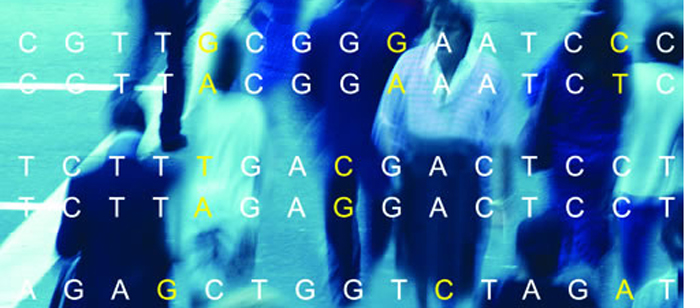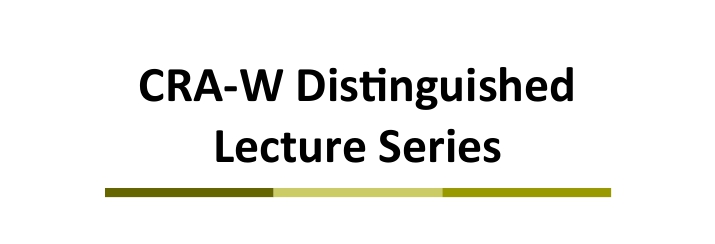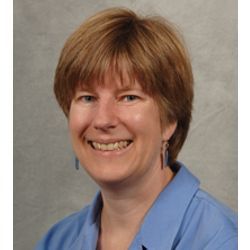
Ph.D. Dissertation Defense
DiffServ Assured Forwarded and Robust
Header Compression: Performance Analysis
Houcheng Lee
12:30pm Monday, 23 April 2012, ITE 201b
Performance analysis of network architecture and protocols can be done by using modeling and simulation or using emulation techniques. Modeling and simulation can be used to obtain qualitative results about a network protocol through building models of protocols under drastic abstractions. One major concern of the modeling approach is the fidelity of the results from a model simulation.
This dissertation presents detailed performance analyses of two major Internet standards using emulation techniques. The standards investigated are Differentiated Services (DiffServ) architecture and Robust Compression (ROHC) standard.
The DiffServ architecture was proposed to support quality of services (QoS) implementation in TCP/IP networks. In the first part of dissertation, a new and scalable approach to performance analysis of DiffServ architecture, based on fluid flow modeling approximation to TCP/UDP based traffic flows, is used to emulate millions of competing TCP and UDP flows across networks of various sizes, complexities and link speeds. The emulation involved real-world network constraints, including traffic prioritizations, limited buffers in routers, link congestion, active queue management (AQM) and packet drop policies on congested links. The results provided first quantitative understanding of the interactions of traffic with different drop precedencies in AF1 class traffic in a congested network.
The Robust Header Compression (ROHC) is proposed to implement efficient IP header compression on bandwidth constrained links in TCP/IP networks. In the second part of dissertation, an emulation tool, called CORE, developed at NRL is used to analyze the performance of ROHC. ROHC compresses packet headers at a sender side, and decompresses them at the receiver side to increase efficiency of a communication link. The results provided quantitative understanding of compression gains from using ROHC standard for compressing IPv4/UDP and IPv6/UDP traffic on links.
Committee:
- Dr. Deepinder Sidhu
- Dr. Yelena Yesha
- Dr. Konstantinos Kalpakis
- Dr. Ted M. Foster
- Dr. Edward Zieglar







